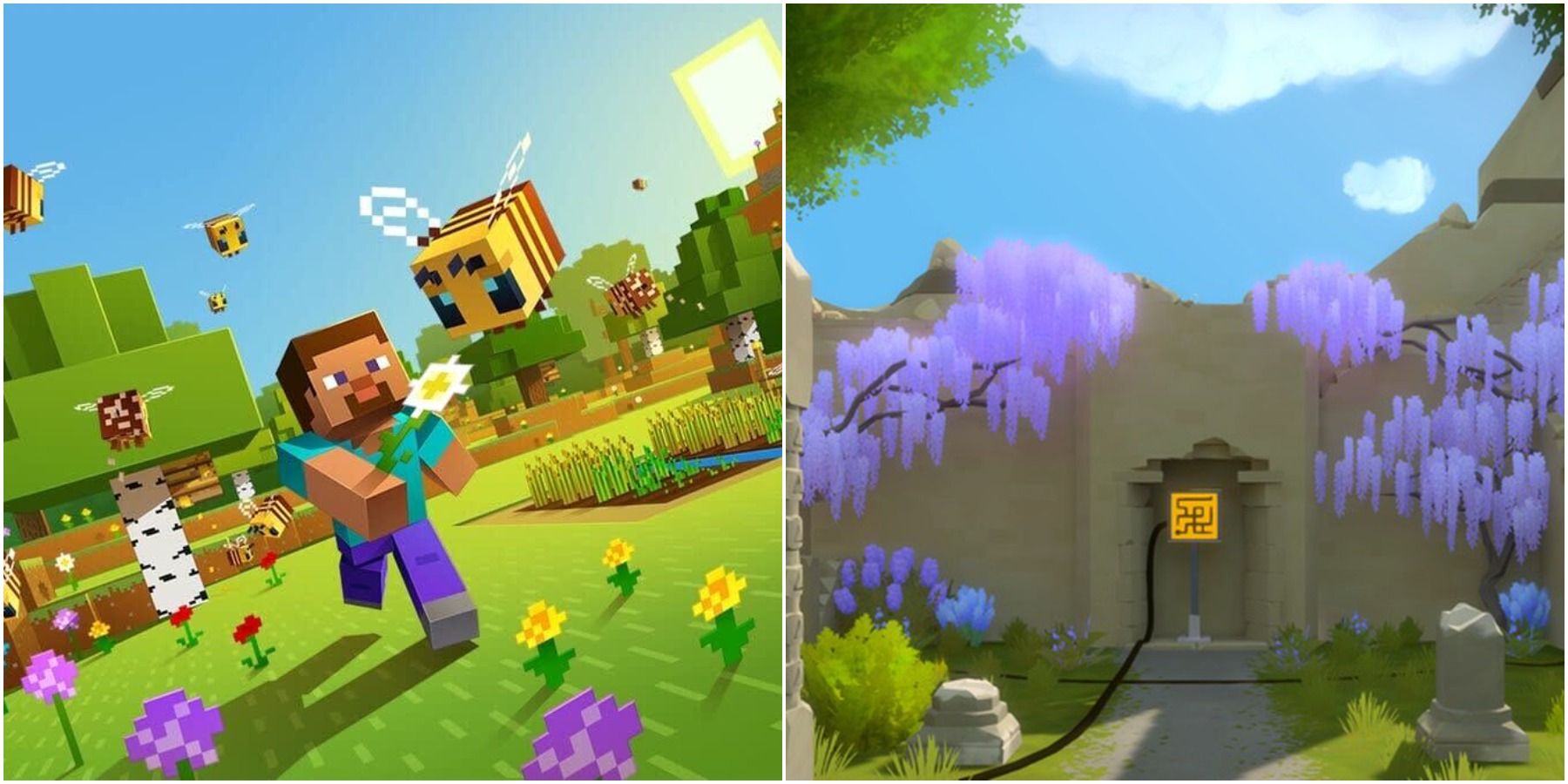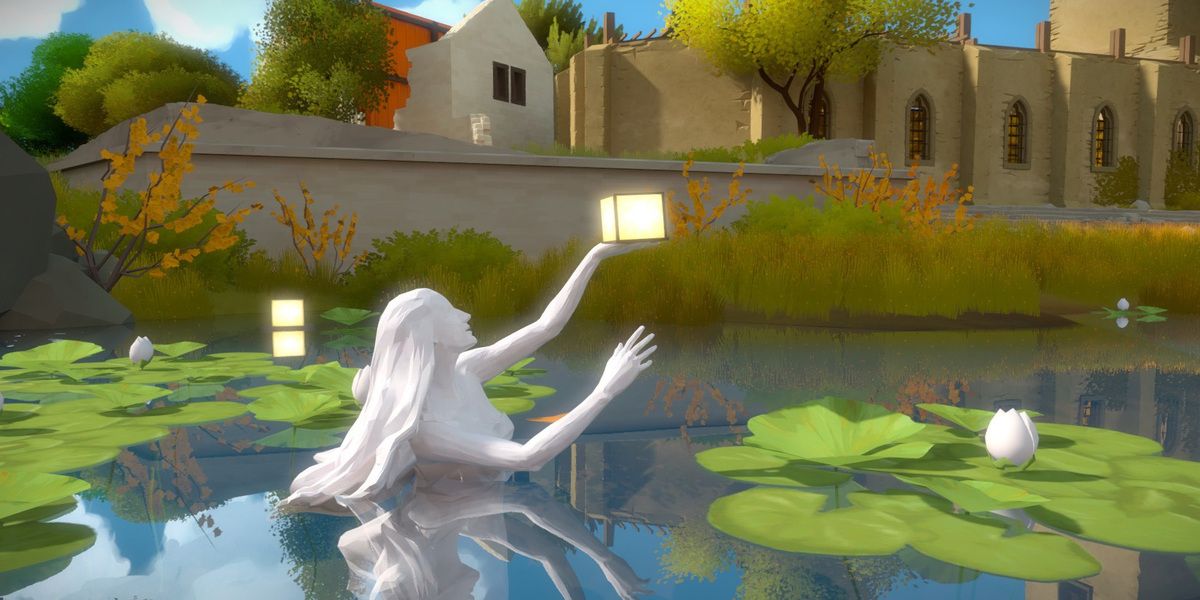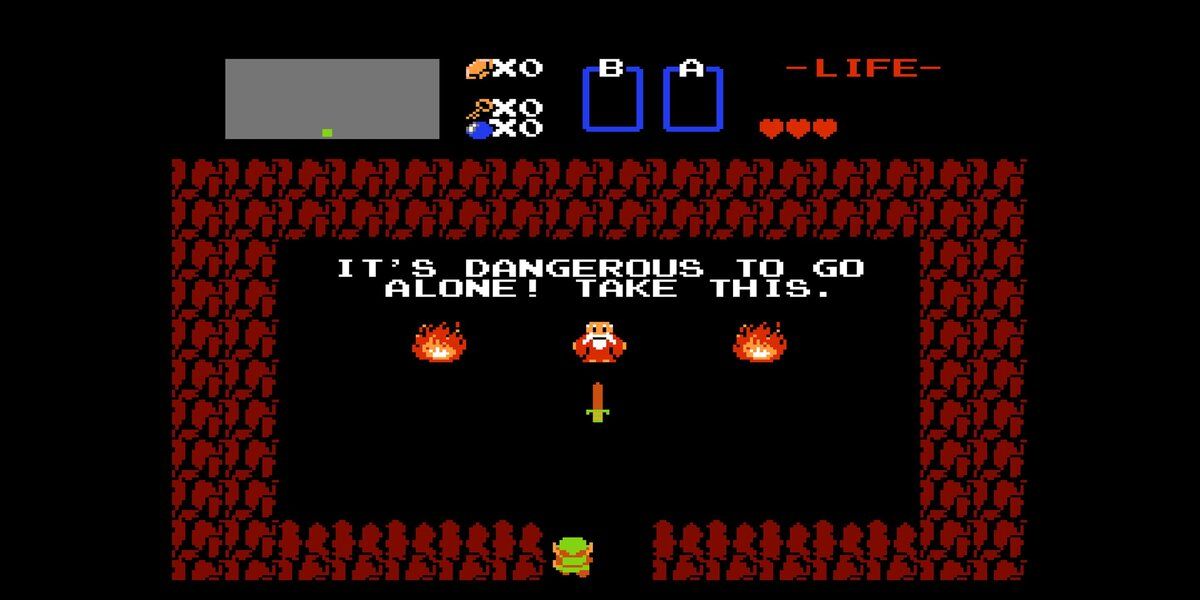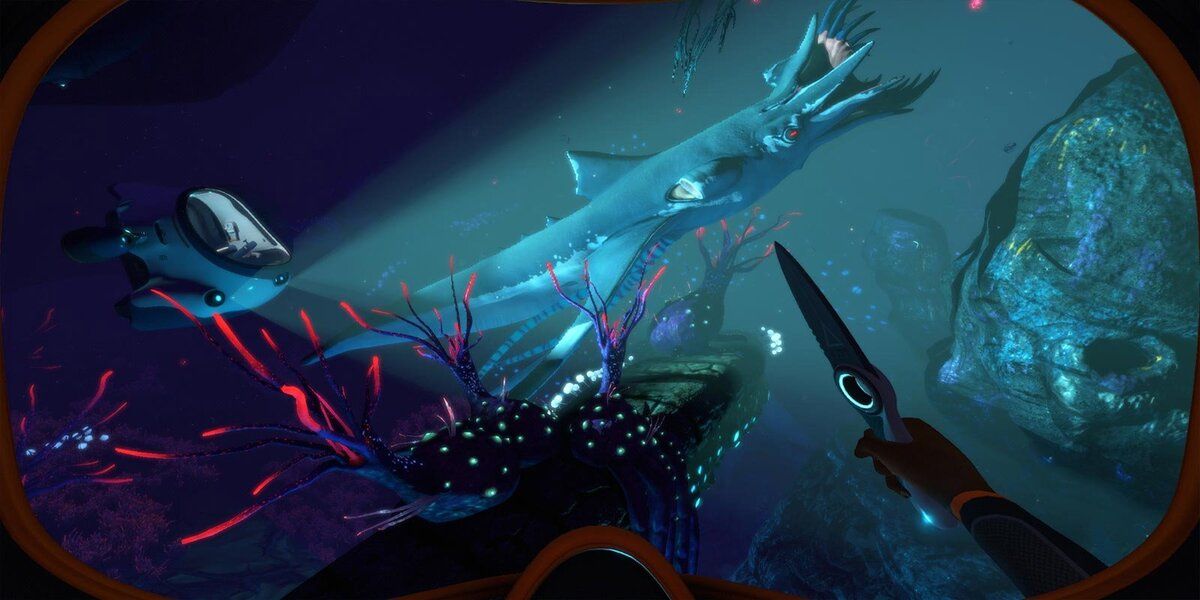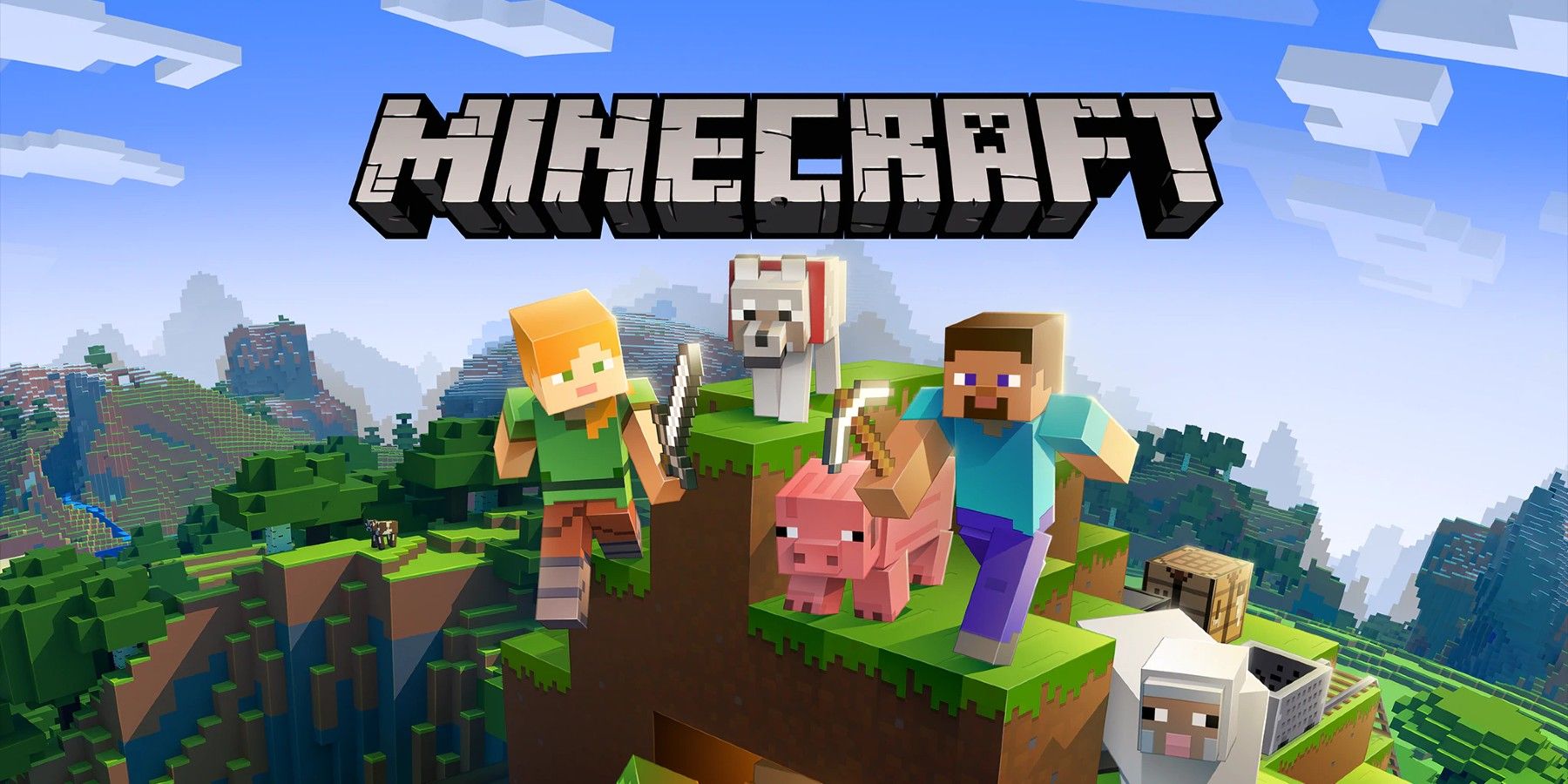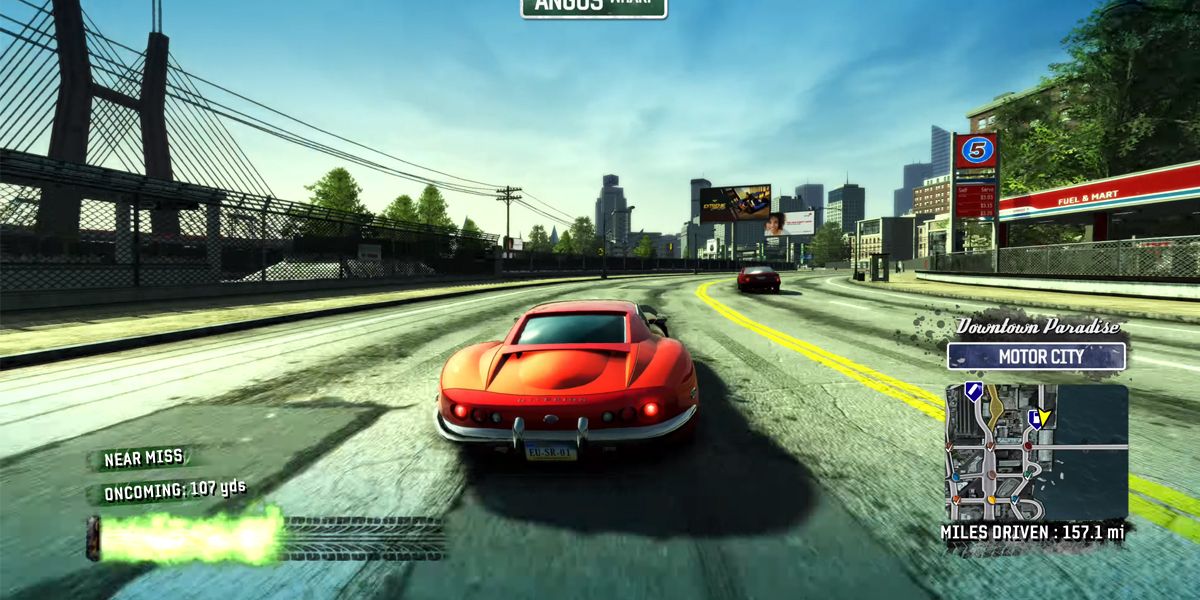Although some of the greatest games of the last two decades have featured an open world, the genre still has its critics. Unfortunately, there have been numerous open-world releases that have embodied the phrase "wide as an ocean, deep as a puddle" with barren open worlds that are seemingly just there so that the game can be marketed as an open-world title. Another common issue that players have with open-world games is "fetch quests," a style of quest that is often criticized for feeling like tedious padding, yet seemingly features in almost every open-world game.
Thankfully, there have been some excellent open-world games that don't feel the need to pad with fetch quests. For those wanting to play an open-world game but are sick of having to run around collecting plants, gems, books, or whatever else, the following games are worth considering.
5 The Witness
The Witness immediately turned heads when it was announced, as it was the first release from designer Jonathan Blow since the modern classic puzzle-platformer Braid. Blow went in a completely different direction to Braid with The Witness by putting players in an open-island reminiscent of Myst, and letting them freely explore it in any way or direction that they choose. There are no waypoints or help screens to tell them what to do, where to go, or how to solve puzzles.
Instead, The Witness teaches players how to solve the game's tougher puzzles by gradually giving them harder and harder puzzles of a certain type to solve, ensuring that players will work out what to do in a way that feels natural and rewarding. As for the sense of direction, the island is separated into various sections that players will eventually see more clearly when they find a boat with a map or if they're smart enough to work out the mystery of the pond.
It would have been very easy for The Witness' developers to implement a few NPCs who could send players on fetch quests to crank up the runtime and make the game feels more diverse, but instead, The Witness trusts that if players are willing to engage in exploring the world and solving puzzles, they will have a great time.
4 The Legend of Zelda
Going back in time all the way to 1986 — The Legend of Zelda was released on the Nintendo Entertainment System, and for many players, offered their first open-world experience. Sure, the game lacked the beautiful visuals, huge map sizes, and wide range of gameplay mechanics available in most open-world games today, but the concept of letting players tackle objectives in any order was revolutionary at the time, making it one of the genre's most influential releases ever.
The Legend of Zelda simply gave players a sword and let them embark on their quest of finding and completing the game's various dungeons to save Princess Zelda. This lack of hand-holding makes the original Zelda game a joy to revisit even after all these years, and it would go on to inspire the main quest design of one of the latest main series Legend of Zelda game, Breath of the Wild.
3 Subnautica: Below Zero
Subnautica: Below Zero was developed by the aptly named Unknown Worlds Entertainment and received its full release in May 2021. The game is the sequel to the original Subnautica, and it again strands players on the mysterious Planet 4546B.
Although the original Subnautica is generally considered to be the superior game, there was a particular stretch of gameplay that many players didn't like. Near the end of the game, players must embark on an enormous fetch quest, gathering various resources from some of the game's key locations. Though it was nice to revisit some areas again, it was a clear case of padding that many players would have preferred to not do.
Thankfully, Subnautica: Below Zero doesn't have any such padding. The game simply gives players a small handful of objectives throughout the adventure that they are free to complete when they're ready.
2 Minecraft
Minecraft was first released in November 2011 by Mojang Studios, and it has gone on to become the second best-selling video game of all time. The game embodies the sense of independence in open-world games, with players having complete freedom to play the game how they want; whether that be exploring, crafting, mining, or hanging out with friends.
Minecraft has had a plethora of updates and changes made to it since its release, particularly after Microsoft acquired Mojang for $2.5bn in 2014. Despite all of these changes, however, the game has always stuck to its sandbox principles of freedom and creativity.
1 Burnout Paradise
Although most people associate open-world games with the RPG and action-adventure genres, EA's Burnout Paradise was actually one of the genre's most influential releases. The series was well-known for its over-the-top, arcade-style street racing, so many people thought that the game's open-world would essentially just be used as an interactive menu, with players doing little more than simply going from one event to another and not spending much time in the open-world itself.
However, one of the game's producers who initially shared this viewpoint said, "we looked at some of our data and realized we didn't know our audience at all," as it turned out that the vast majority of players were ignoring the game's events and opting instead to freely drive around the open world and utilize the game's social features. This ultimately led to a shift in how open-world games were perceived and developed.
Burnout Paradise is still a great racing game to play today, particularly due to the enjoyable variety of open-world exploration and events, with no fetch-quest fluff in between.

